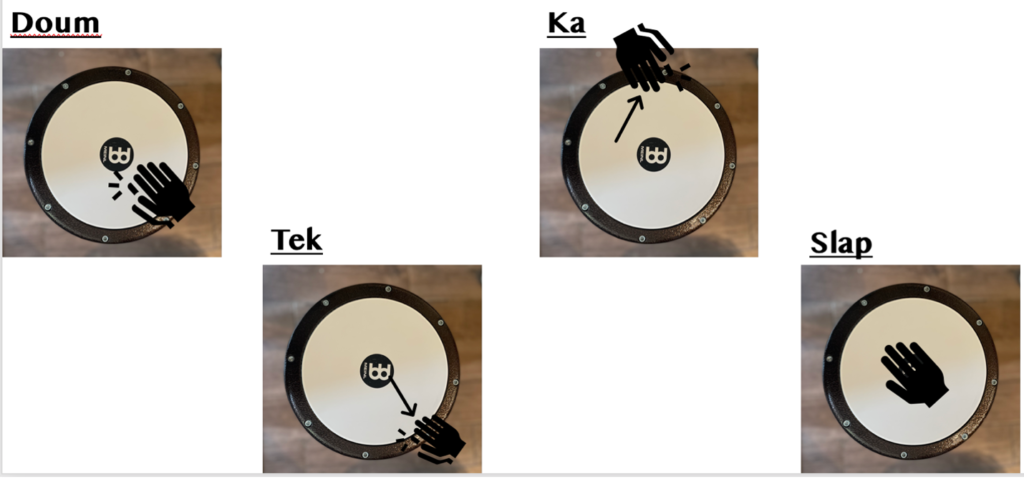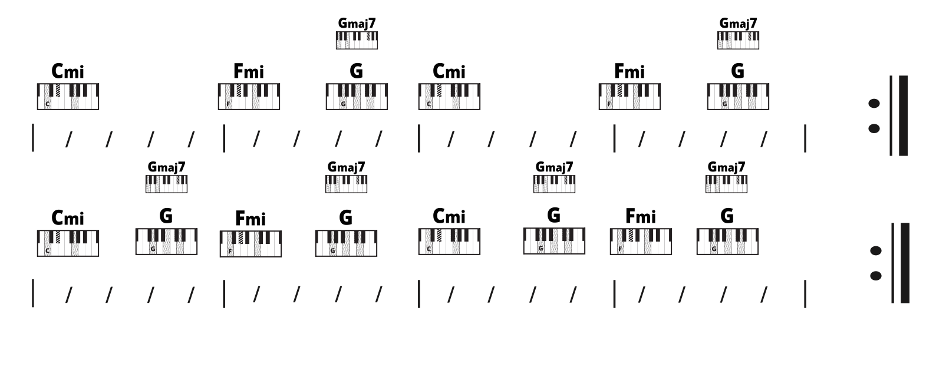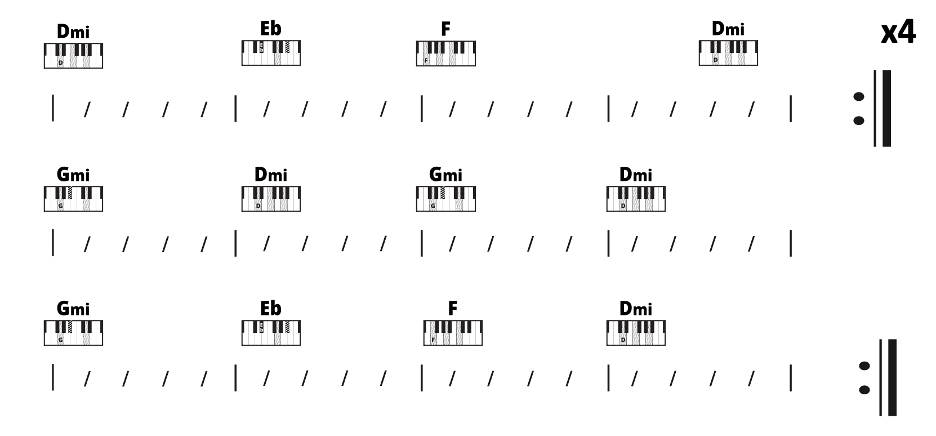Keefkoun! Hi, how are you all? I’m first generation Lebanese American. At home with my parents we are spoken to in Arabic and are subjected to hours of blaring Arabic music- both things I resented growing up and have fiercely embraced in adulthood.
I was fortunate to attend many music programs with a variety of content taught, including popular music education. However, in all these classroom settings I never once heard a single Arabic song. I did have a “World Music” professor in undergrad once play a song from Iran where they speak Farsi and imply my culture was finally being represented in an academic setting. But alas, I have never gotten to share Fairuz with my classmates or perform classics by Amr Diab.
After presenting “Arabic Music in Modern Band” at the 2021 Modern Band Summit Little Kids Rock (now Music Will) conference I realized this music isn’t necessarily overlooked because of teacher indifference, but more likely because of lack of information around Arabic music and ways to pedagogically incorporate it into modern band curriculums.
Many of us are already working towards cultural relevance in our classrooms by getting to know our student population and their various cultural backgrounds. When a student identifies as “Arab” or “Middle Eastern” it is important we recognize there are many different identities, languages, dialects, artists and cultural norms in each of these countries that are considered Arab or Middle Eastern. Being Lebanese, I know that my Egyptian students understand and speak my dialect, but Yemeni refugees in my classroom only understand some words when I speak Arabic, and this is only because many of them were required to learn different dialects when they attended school in Yemen. I will be highlighting Lebanese and Egyptian music when addressing ways we can incorporate these cultures into our modern band curriculums since I am most familiar with these dialects.
Two components of Arabic music I teach in my classroom are derbeke (dunbek) and dance. Derbeke is a key component of Arabic music and can stand alone when performing at traditional parties. Utilizing combinations of the four derbeke strokes or sounds (doum, tek, ka, slap) performers play from the many patterns affiliated with Arabic music on a loop or gradually moving between similar patterns in order to maintain continuity for dancers and collaborating performers. I also teach basic dance movements associated with these rhythms. Simple hand and wrist movements coupled with hip movement isolated to one side of the body (often the dominant side) is the easiest way to intro Arabic dance steps.
Derbeke Basics


I also teach popular Arabic music by two very famous performers: Amr Diab and Nancy Ajram. One of the most famous songs in Arab-speaking nations is Nour El Ein by Egyptian superstar Amr Diab who holds the Guinness World Record for “Most World Music Awards for Best Selling Middle Eastern Artist.” The song is catchy, and Dr. Scott Burstein and I wrote out song charts using resources provided by Music Will in order to ease the process of teaching and scaffolding this new music.
Nour El Ein: Derbeke and Chord Charts


The next song I chose to teach is Ya Tabtab Wa Dallaa by Lebanese artist Nancy Ajram. She has been dubbed the “Queen of Arab Pop” and her music is loved by many, but this song is not her most famous. It is, however, a doable and upbeat song that could help ease the transition from American pop or even K-pop to something with a more Middle Eastern vibe.
Ya Tabtab Wa Dallaa: Derbeke and Chord Charts


There are so many Arab artists that have shaped the world of popular music and I hope more schools begin to integrate a curriculum that is representative of Middle Eastern culture as we see it.
Music has been an escape and life saver for many Middle Easterners in war-torn areas. Fairuz rose to fame during some of Lebanon’s most treacherous years and she continues to uplift through classics like Bahebek Ya Lebnan (I love you Lebanon). Even today, Elyanna has been topping charts and providing a voice for Palestinians through her artistry that has landed her a spot on the Coachella stage this year.
I encourage educators to check out these incredible artists and even play them in the background or as an active listening assignment. Because even where Arab students aren’t present, assume your students will go on to live fruitful lives that intertwine with other cultures. Just as popular music has drastically shifted what is deemed academically valuable, Arabic music provides an array of new musical skills, harmonies, rhythms, language, culture and, let’s face it, it’s fun to dance to!
Mia Ibrahim is a queer, Lebanese high school music educator and department head in the south Bronx of New York. She has a long history of working with marginalized communities starting with a music therapy apprenticeship at rehabilitation centers and brain injury centers in the Bay Area of California. Other philanthropic endeavors include volunteer lacrosse coaching for CityLax where she served as a junior board member helping those in the community who cannot afford the sport and volunteering with the Sylvia Rivera Law Project assisting TGNCI community members with legal services and protection. Her work with Gender Sexuality Alliances in the south Bronx coupled with her vast music field experiences ranging from Carnegie Hall to principal clarinetist and orchestra manager of the Downtown Symphony Orchestra have all helped round her into a knowledgeable asset in the progressive music education community.
Instagram: @Mia_not_missing
Facebook: https://www.facebook.com/mia.ibrahim.77/
Nice article! Thanks for sharing. Very interesting and informative. Cynthia Kassab
Very good! Congratulations. I’m learning Derbak right now. I will use the suggestions and knowledge from your post. Thanks.